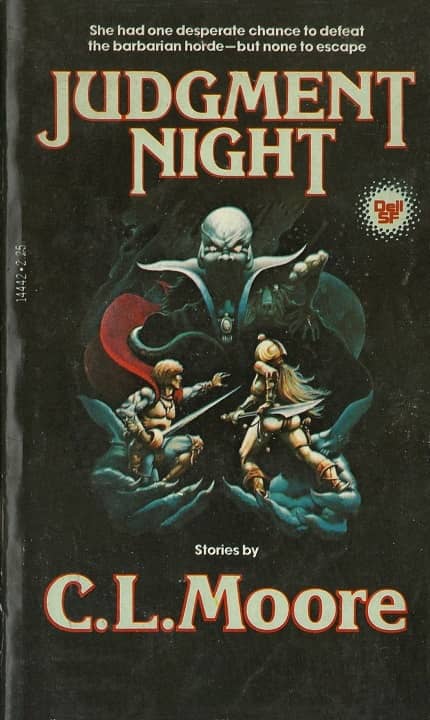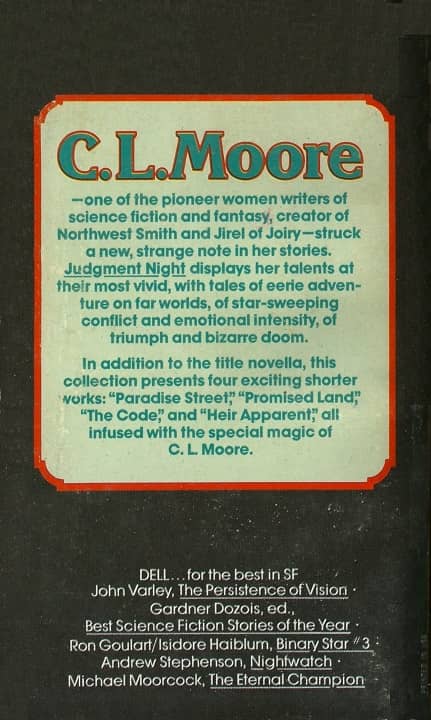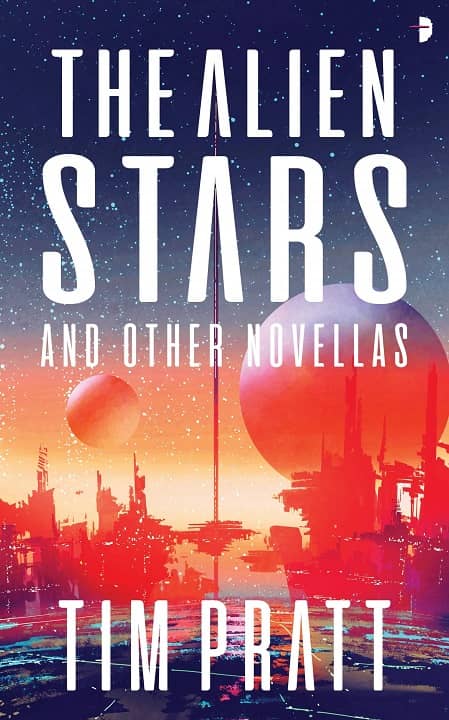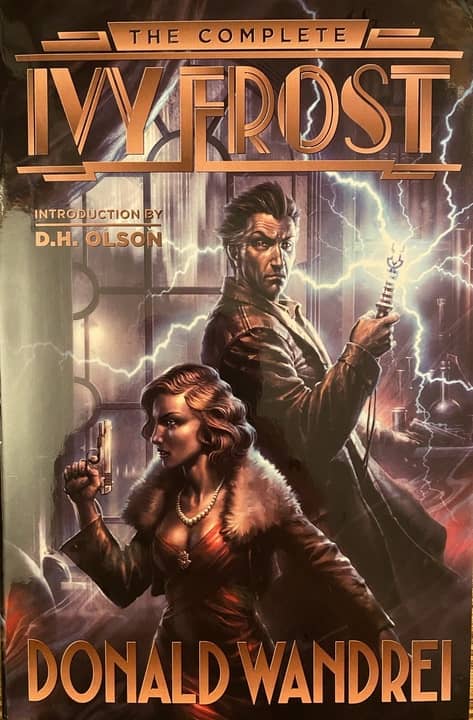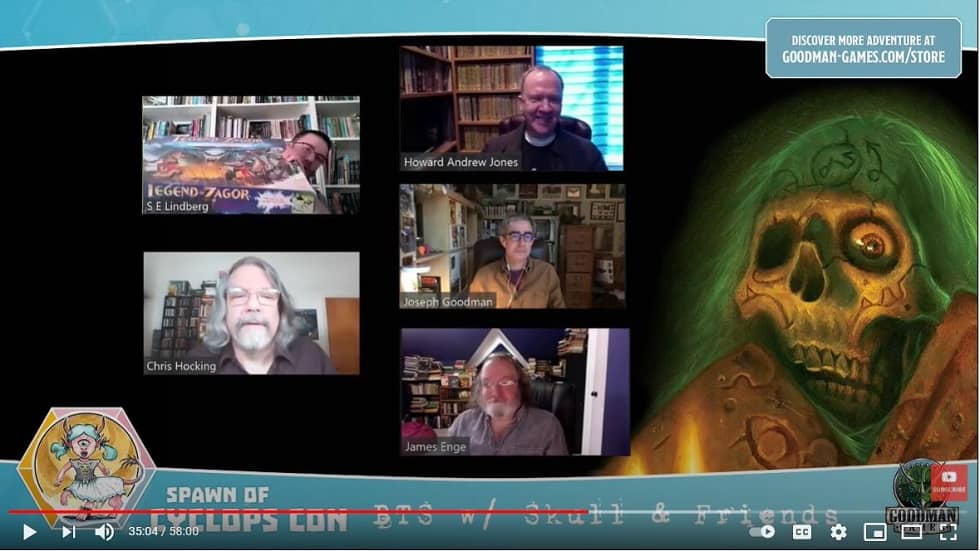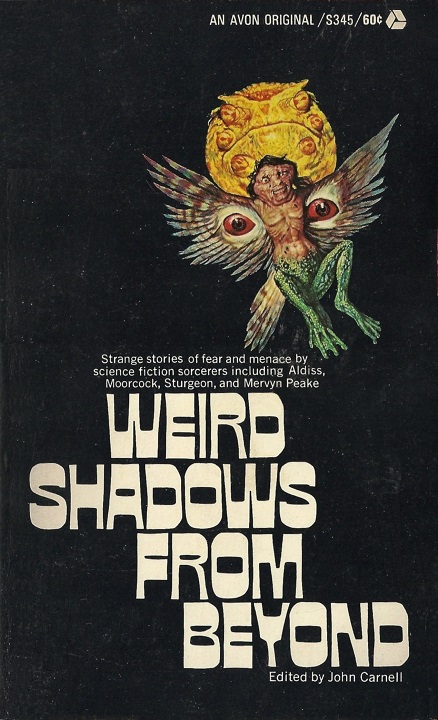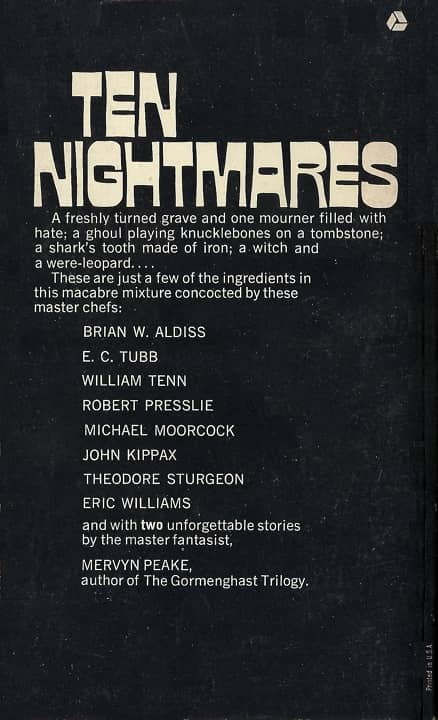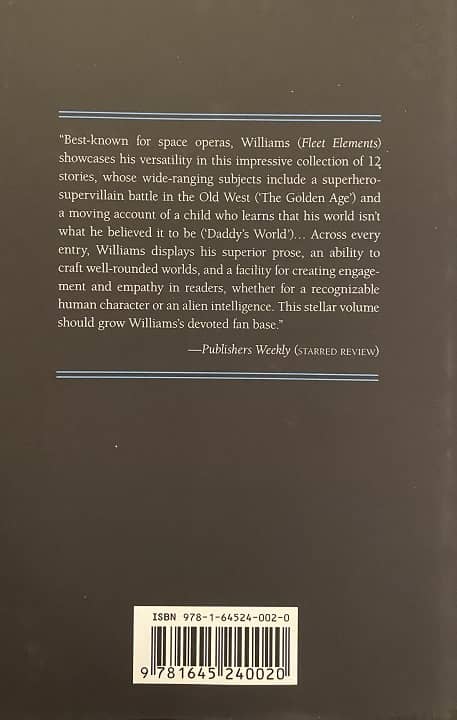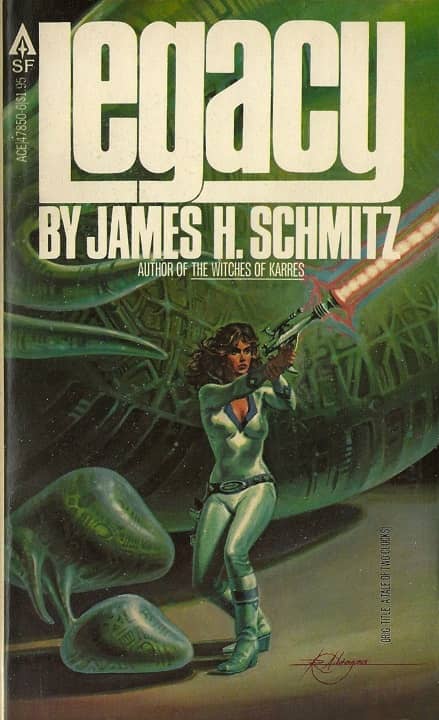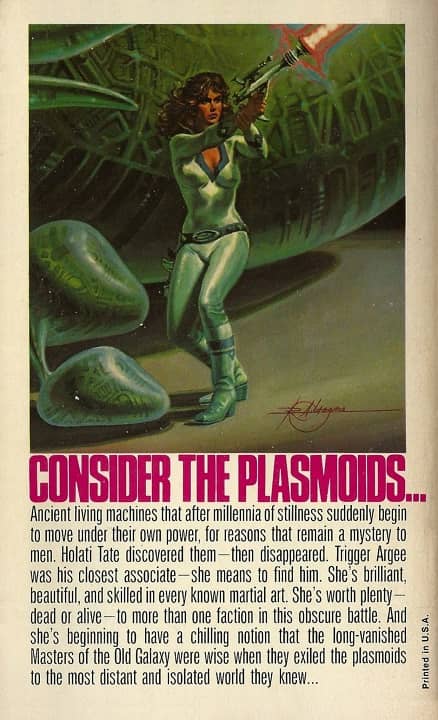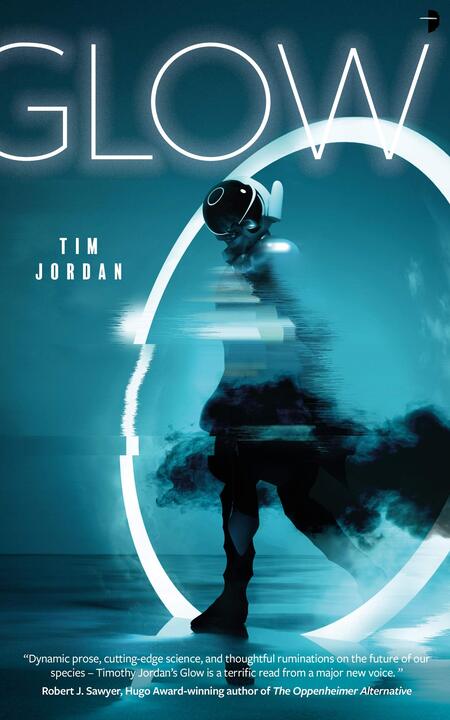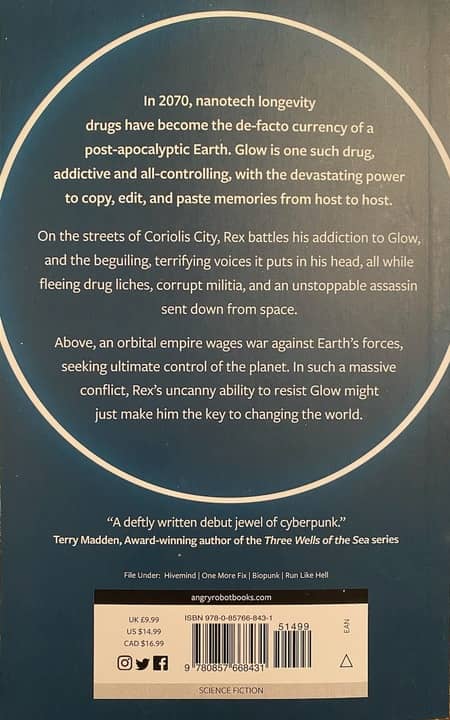New Treasures: Wings of Fury by Emily R. King
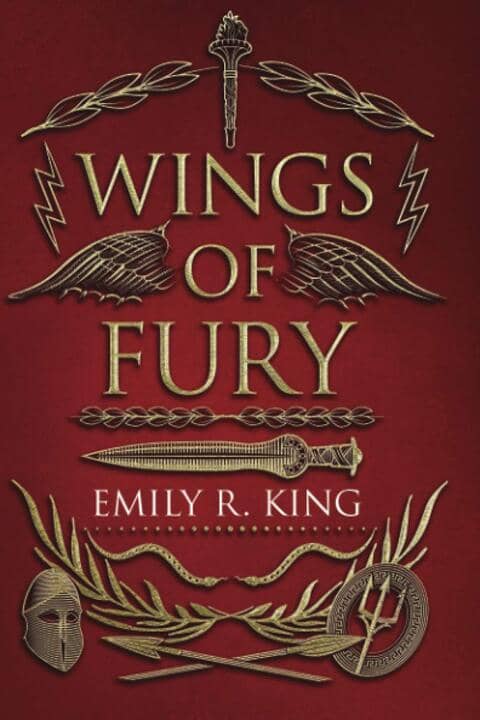 |
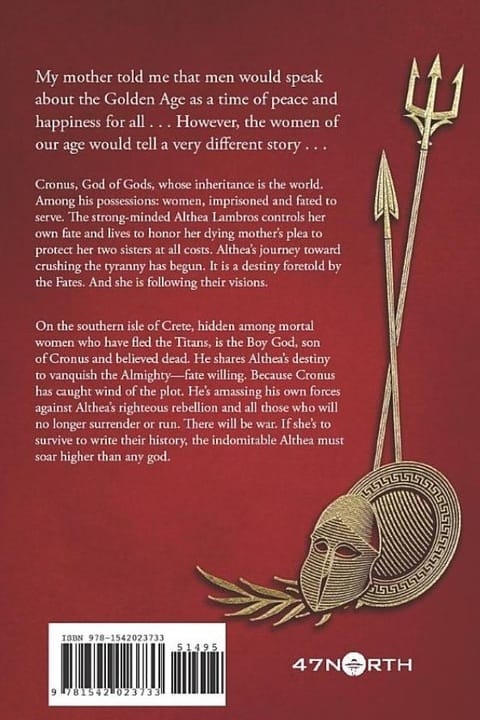 |
Wings of Fury (47North, March 2021). Cover by Ed Bettison
Emily R. King is the author of the popular Hundredth Queen series. For her latest fantasy series she mines Greek Mythology to tell a tale of titans, gods, oracles, and an 18-year old girl who takes them all on. This one looks like a lot of fun. Publishers Weekly says “King ably weaves Greek mythology into a cat-and-mouse spectacle… This is a winner.” Here’s an excerpt from the full review.
Set in ancient Greece, this sumptuous adventure from King (the Hundredth Queen series) sees a fierce heroine contending with brutal Titans, suspicious vestals, and a petulant Boy God. Eleven-year-old Althea Lambros witnesses her mother die while giving birth to a half-Titan baby after having been raped by the god Cronus, the most powerful Titan. At her dying mother’s request, Althea vows to protect her older sisters, Cleora and Bronte. But when Althea is 18, Cronus’s goons kidnap Cleora. Althea seeks advice on how to defeat Cronus from the oracle Clotho, who tasks Althea with retrieving the 15-year-old Boy God Zeus from the island of Crete, where he’s been hidden from Cronus…. King ably weaves Greek mythology into a cat-and-mouse spectacle. Readers will cheer for Althea as she upholds her family’s honor and fights belligerent gods with determination and confidence. This is a winner.
The second and final book in the series, Crown of Cinders, will be released on October 5th.
Wings of Fury was published by 47North on March 1, 2021. It is 301 pages, priced at $14.95 in trade paperback, $4.99 in digital formats, and $14.99 for the audio CD. The cover was designed by Ed Bettison. See all our recent New Treasures here.
